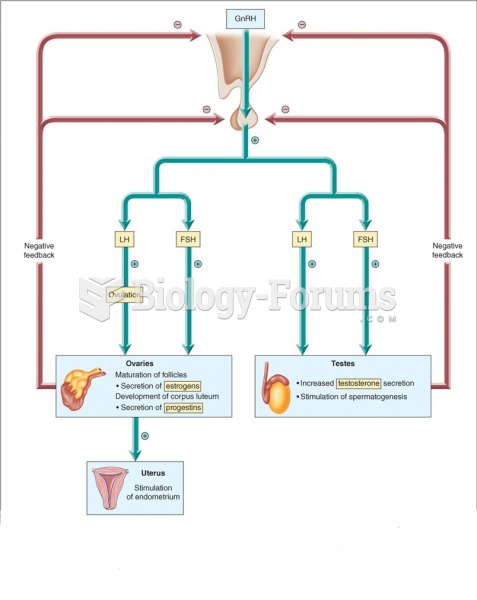|
|
|
You should not take more than 1,000 mg of vitamin E per day. Doses above this amount increase the risk of bleeding problems that can lead to a stroke.
Cyanide works by making the human body unable to use oxygen.
A cataract is a clouding of the eyes' natural lens. As we age, some clouding of the lens may occur. The first sign of a cataract is usually blurry vision. Although glasses and other visual aids may at first help a person with cataracts, surgery may become inevitable. Cataract surgery is very successful in restoring vision, and it is the most frequently performed surgery in the United States.
More than 34,000 trademarked medication names and more than 10,000 generic medication names are in use in the United States.
On average, someone in the United States has a stroke about every 40 seconds. This is about 795,000 people per year.







